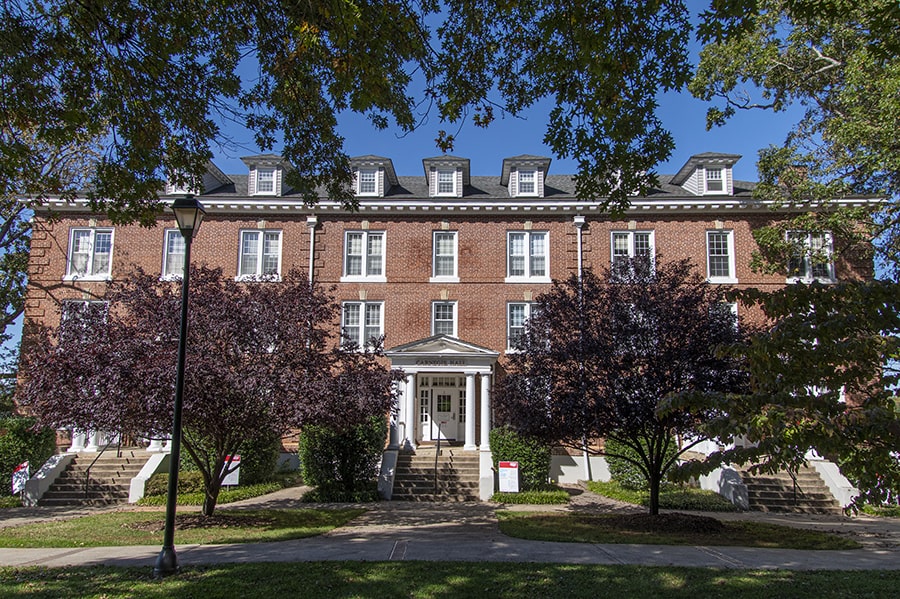SUCCESS STORY
University of Lynchburg
Nationally recognized private university undertakes a planning study for the most ambitious comprehensive campaign in its history.

The Situation
Since 1903, the University of Lynchburg has challenged students to become their best selves by asking a simple question: “How can you best serve the world?” Four years ago, an unsuccessful feasibility study left university leaders feeling grim about their prospects of raising more than $12 million.
Lynchburg’s new president wanted to demonstrate how far the university had come since the previous study, and knew board, faculty, and staff buy-in was crucial. The team also wanted to build a stronger alumni giving pipeline that better reflected the university’s unique culture.
The Solution
Graham-Pelton partnered with the University of Lynchburg on a Campaign Planning Study that explored the institution’s ability to raise $50 million in a comprehensive campaign. We worked primarily on two themes: first, Lynchburg has earned the right to ask people to give; and second, every constituent should be able to see themselves in the campaign.
Lynchburg’s advancement staff has been especially engaged in learning how to turn their culture of “family” into a culture of philanthropy. Through a variety of one-on-one meetings with their deans and vice president of advancement, they forged new on-campus partnerships. They have also been open to trying new approaches, and have sought our advice on key topics such as strategizing staffing and better communicating to their partners and constituents.
The Success
Having methodically built an effective and increasingly influential staff, including a new alumni director, the Vice President for Advancement has demonstrated his operation’s ability to raise significant philanthropic support. A Campaign Planning Study confirmed the faith of their constituents in the advancement effort. And their new president found ways to virtually engage constituents and attain buy-in from the campus community, which in turn has helped the philanthropic effort inspire more comprehensive and holistic relationships.
“We found ourselves energized by Graham-Pelton’s recommendations and acted quickly to implement. As a result, we turned a culture of family into a true culture of philanthropy.”
Michael Bonnette
Vice President for Advancement
UNIVERSITY OF LYNCHBURG